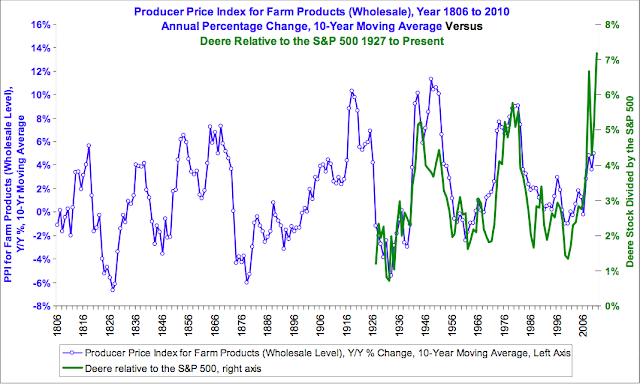Joseph's biblical 7 year cycle

The book of Genesis made Joseph a superstar amongst forecasters. His seven years of plenty and seven years of famine predictions led the pharaoh of Egypt to collect a tax in order to save/store crops for the bad times. This effectively enabled the kingdom of Egypt to become the superpower of its times. Seven years cycles exist in the commodity space, FX, and stock market. Bear markets were recorded in 1973, 1980, 1987, 1994, 2001, 2008, 2015 (yes it did happen). Worth putting 2021 on your calendar. In FX markets, seven years cycles worked like a clockwork too. So in essence, we can see that there are 7-8 years money flow cycles influencing all asset classes, but the economy too, from industrial production to unemployment.




